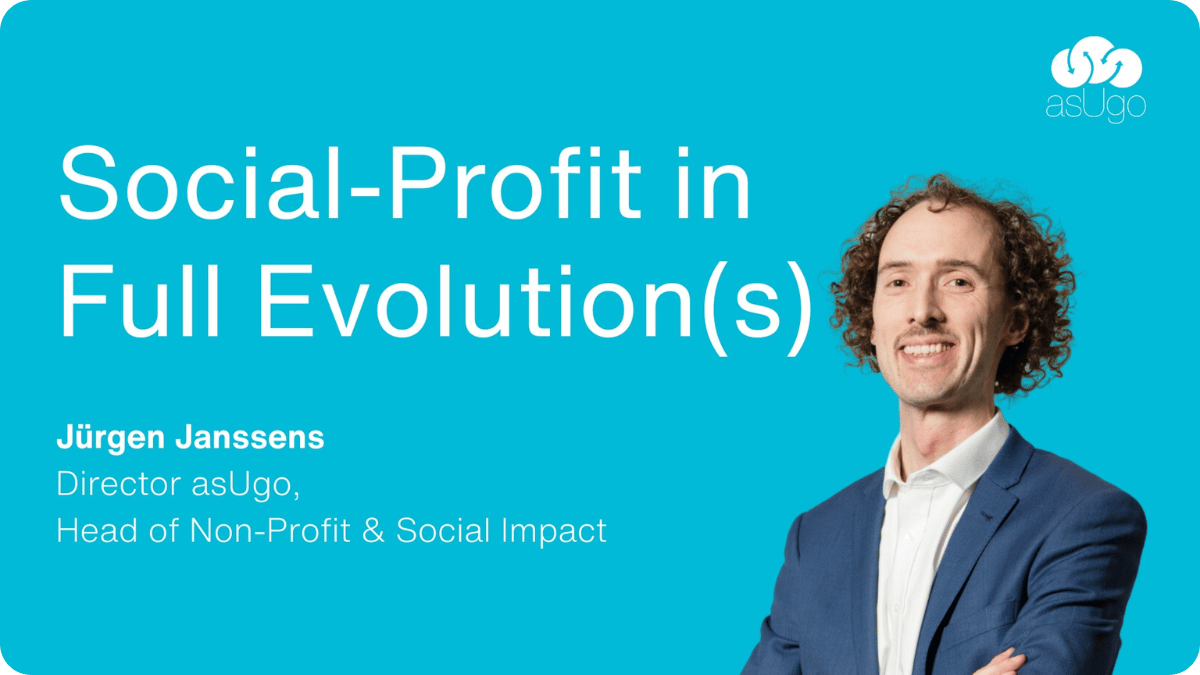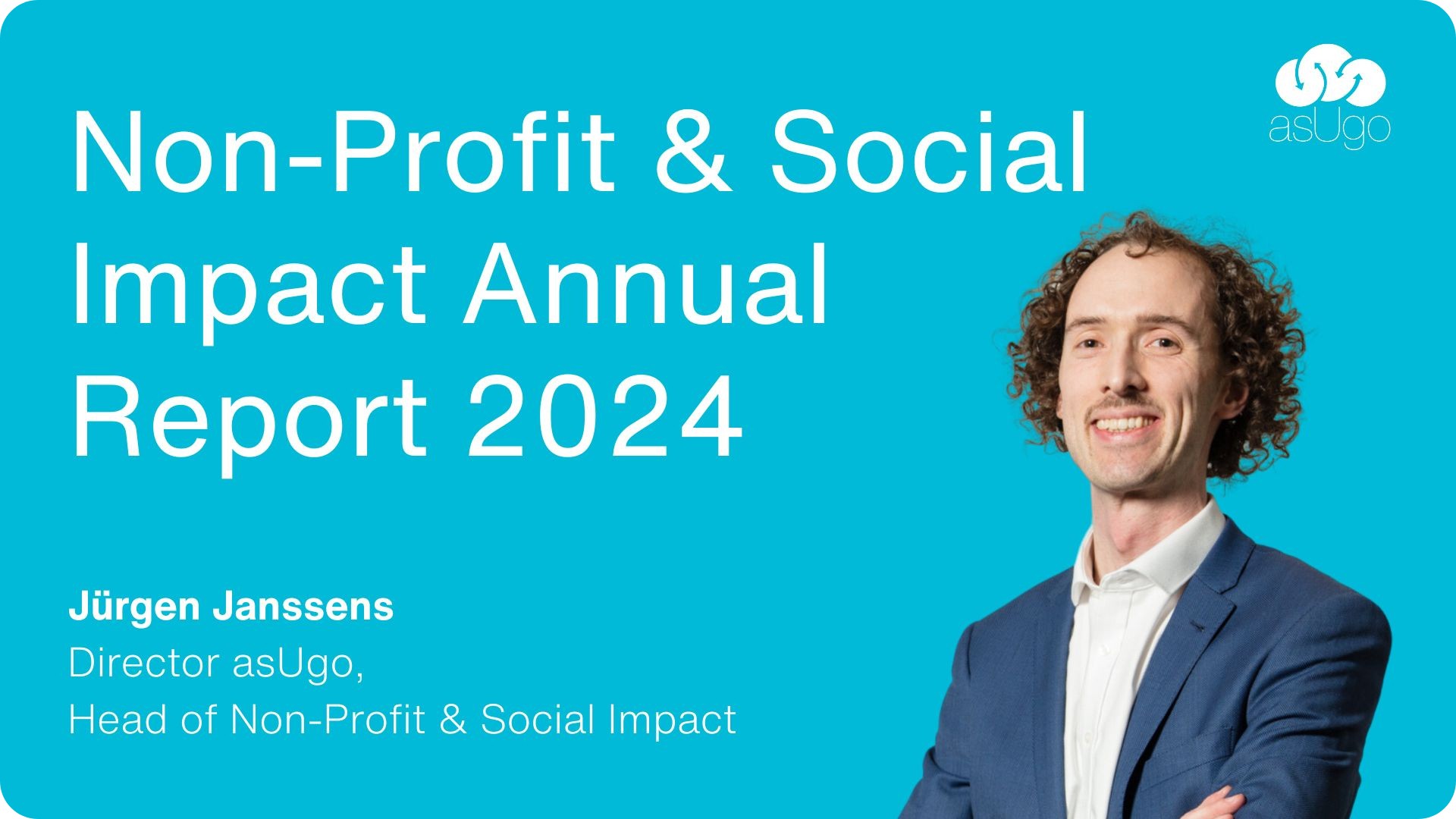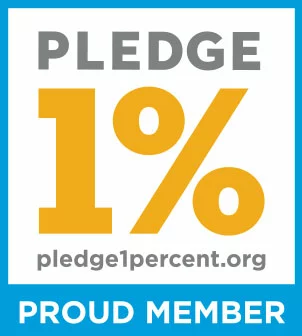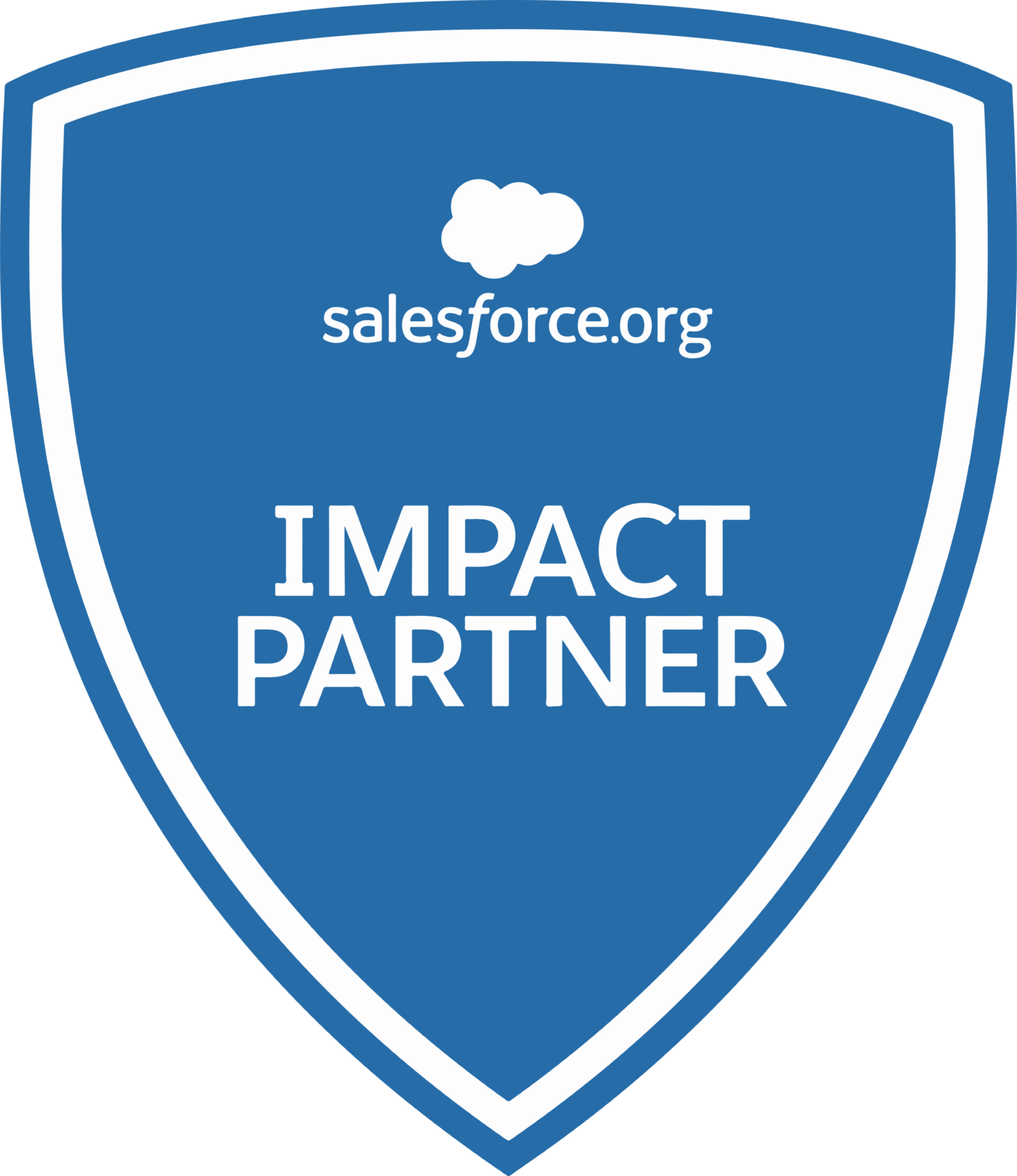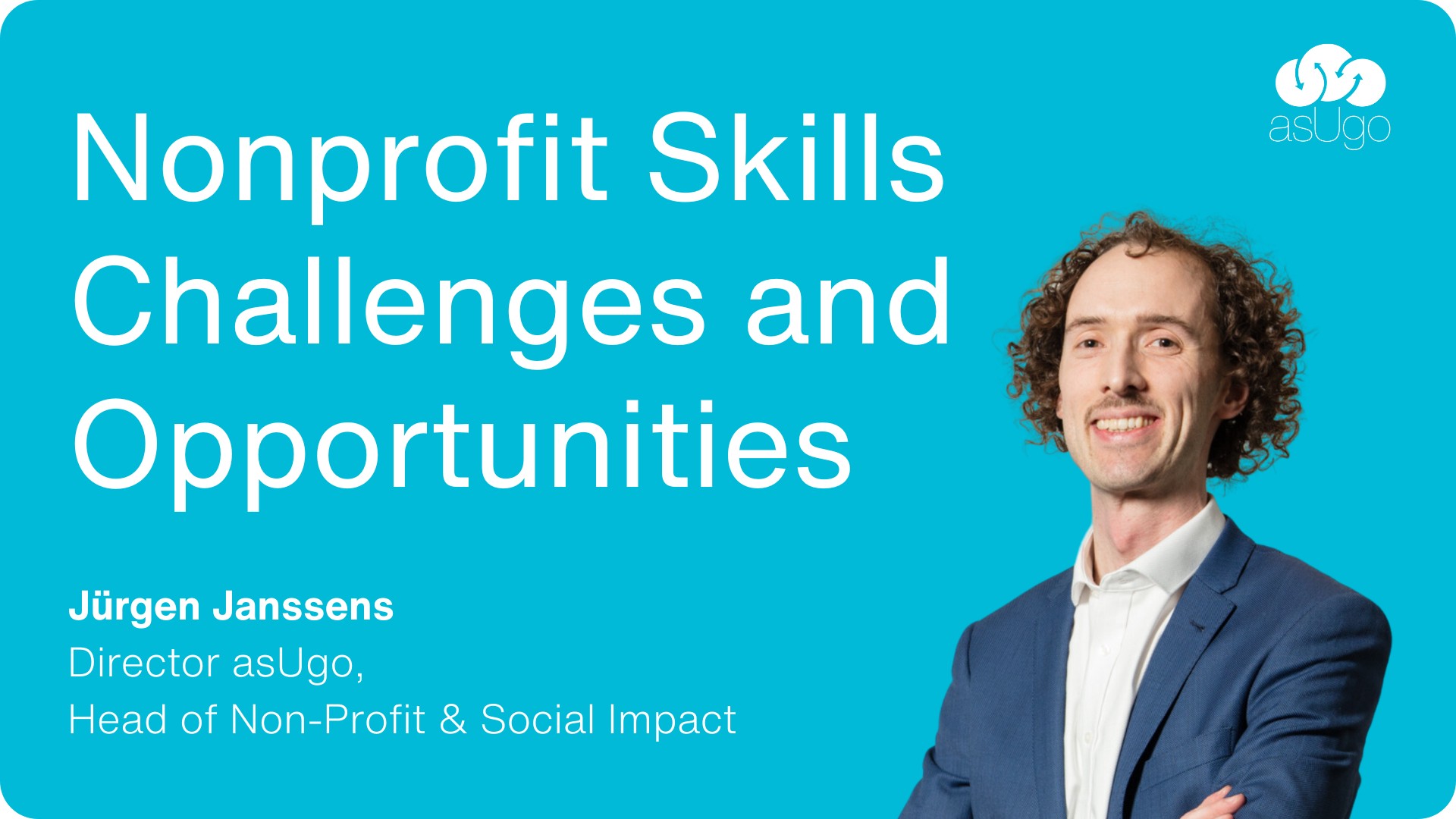
Challenges in Non-profit
The non-profit sector is facing a growing challenge: a skills gap between the skills employees have and the skills they need to succeed in today’s ever-evolving environment. This gap is due to several factors, including:
- Rapid technological advancements: Technology is transforming how non-profits operate. From fundraising and marketing to data analysis and impact measurement, new skills are needed to leverage these tools effectively.
- Shifting donor expectations: Donors are increasingly demanding transparency and accountability from the organizations they support. This requires nonprofits to have strong data analysis skills to measure their impact and communicate their results.
- Generational differences: Younger generations entering the workforce have different skills and expectations than previous generations. Non-profits need to adapt their work culture and training programs to attract and retain this talent pool.
The Impact of the Skills Gap
The skills gap can have a significant negative impact on non-profits. Here are some of the consequences:
- Reduced efficiency and effectiveness: Without the necessary skills, employees may struggle to complete tasks efficiently or achieve desired outcomes. This can lead to delays in project implementation and an inability to meet strategic goals.
- Limited innovation: Non-profits may be hesitant to adopt new technologies or strategies if they lack the skills to implement them effectively. This resistance to change can hinder organizational growth and adaptation in a fast-paced environment.
- Difficulty fundraising: With competition for donor money increasing, nonprofits need to be able to demonstrate their impact and effectiveness. A lack of data analysis skills can make this difficult, as organizations may struggle to provide the detailed reporting and transparency donors require.
- Increased staff turnover: Employees who feel they lack the skills they need to succeed may be more likely to leave their jobs. High turnover rates can lead to increased recruitment and training costs and a loss of institutional knowledge.
Bridging the Skills Gap
Non-profits can take several steps to address the skills gap:
- Conduct a skills assessment: Identify the skills your organization needs to achieve its goals and compare them to the skills of your current staff. This will help pinpoint specific areas where training or new hires are needed.
- Invest in training and development: Provide employees with opportunities to learn new skills through training programs, workshops, and conferences. Investing in professional development can improve employee satisfaction and retention.
- Create a culture of continuous learning: Encourage employees to take ownership of their professional development and create an environment where learning is valued. This can be achieved through regular training sessions, access to educational resources, and support for further education.
- Attract and retain talent: Offer competitive salaries and benefits, and create a workplace that is flexible, engaging, and mission-driven. Highlighting the impact of your organization’s work can help attract individuals who are passionate about the cause.
The Role of Technology
Technology can be a valuable tool for addressing the skills gap. Here are a few ways technology can help:
- Online training platforms: Provide employees with access to a wide range of training courses and resources. Platforms like Coursera, LinkedIn Learning, and Udemy offer courses that can help employees build necessary skills.
- Collaboration tools: Facilitate knowledge sharing and mentorship between experienced and less experienced employees. Tools like Slack, Microsoft Teams, and Asana can help streamline communication and project management.
- Artificial intelligence (AI): While still in its growing stages, AI can automate some tasks, freeing up employee time to focus on higher-level skills development. AI can also provide personalized learning recommendations based on individual employee needs and progress.
Conclusion
The skills gap is a significant challenge for non-profits, but it is not insurmountable. By taking proactive steps to invest in their workforce and leveraging technology like Salesforce, non-profits can bridge the gap and ensure they have the talent they need to achieve their missions and make a positive impact on the world. Addressing the skills gap will not only improve operational efficiency but also enhance the ability of nonprofits to innovate, meet donor expectations, and retain valuable staff. Ultimately, a well-equipped and continuously developing workforce is essential for the sustained success and growth of non-profit organizations.
Jürgen Janssens
Director asUgo, Head of Non-Profit & Social Impact

